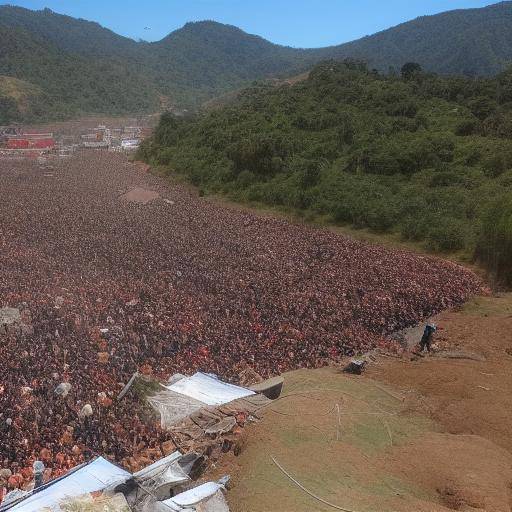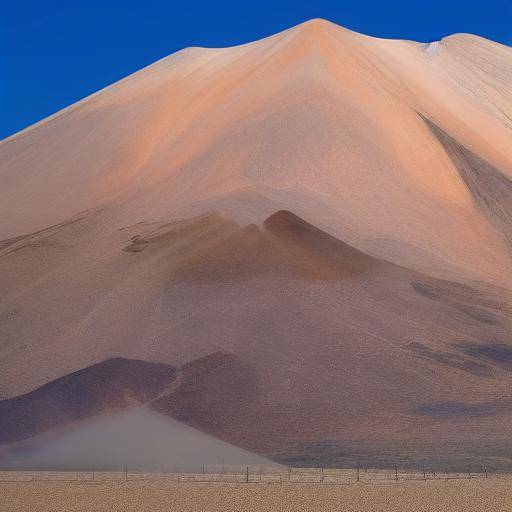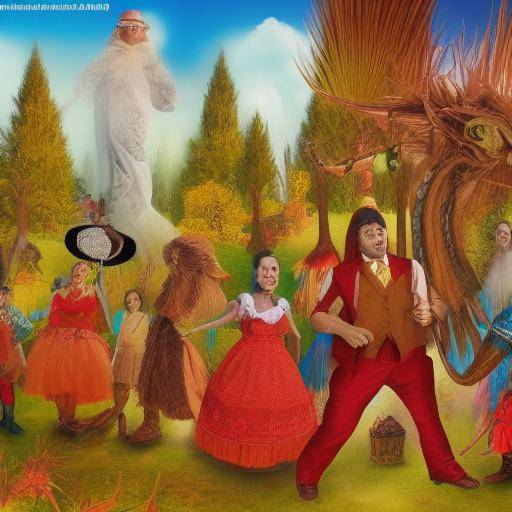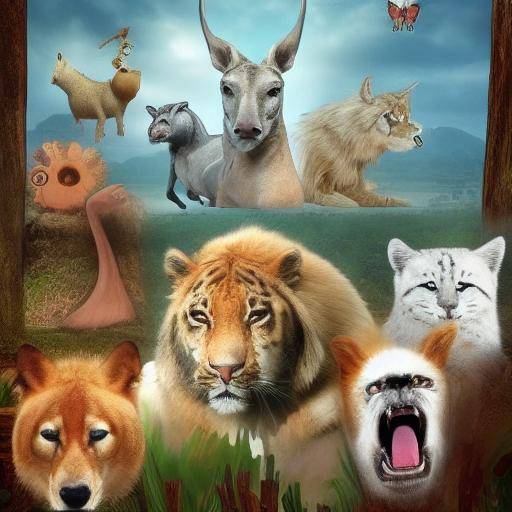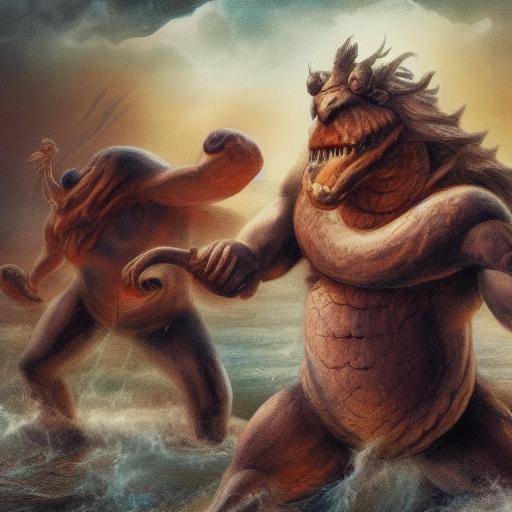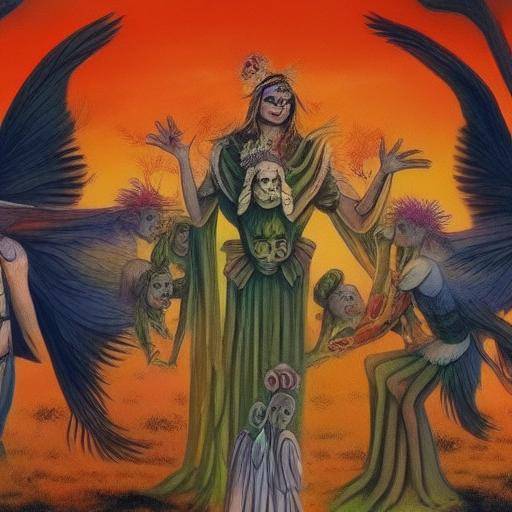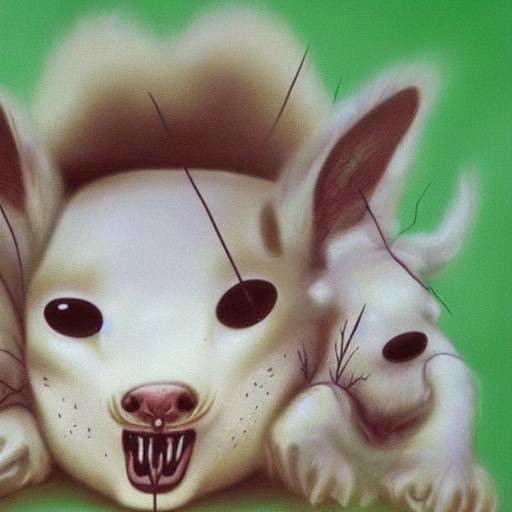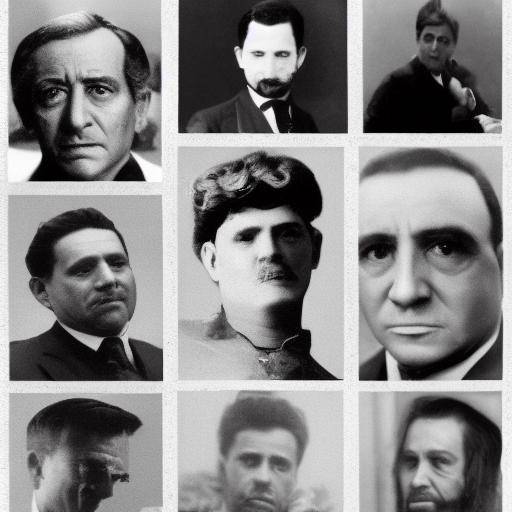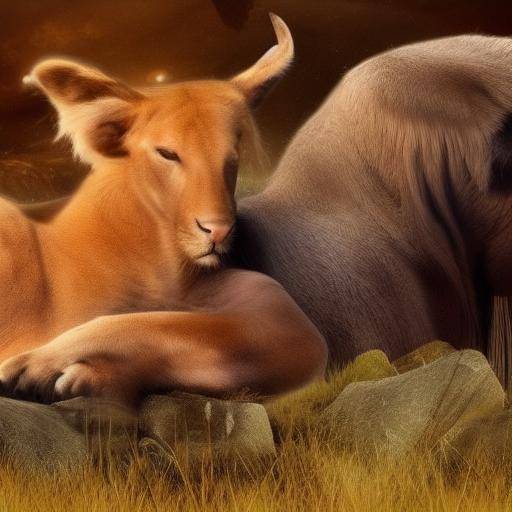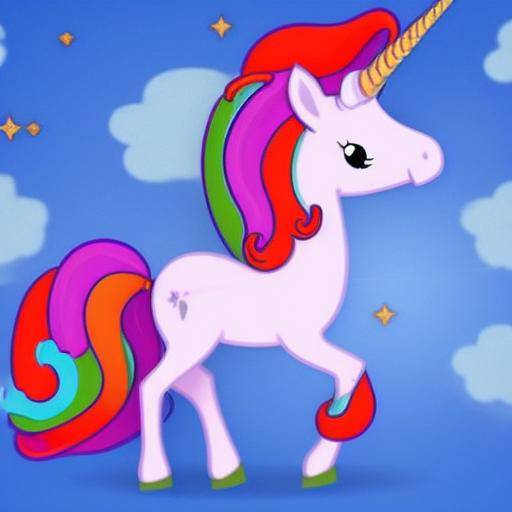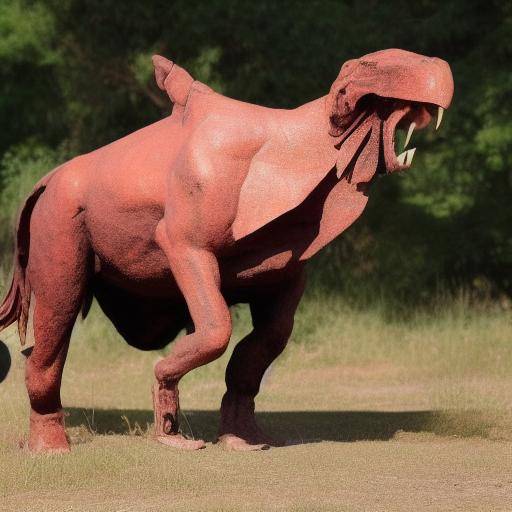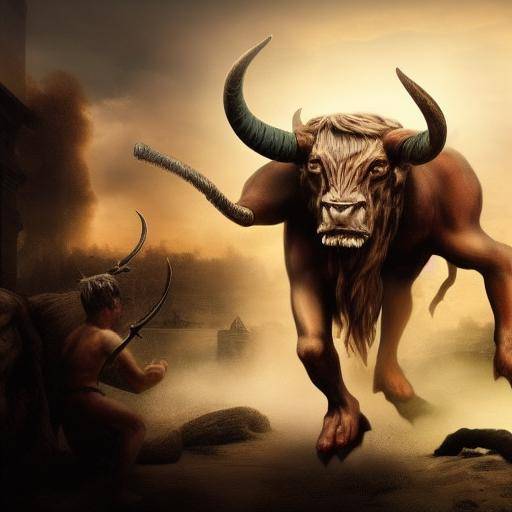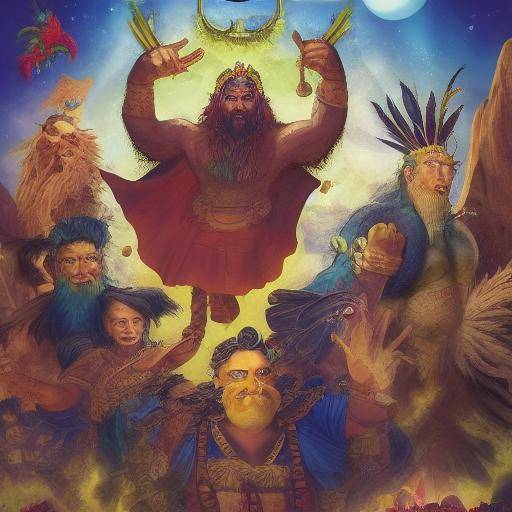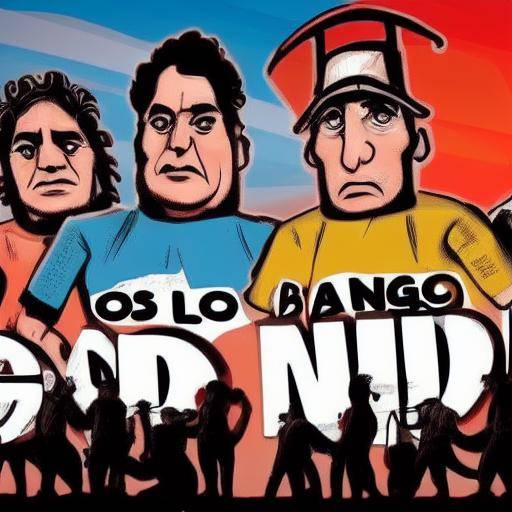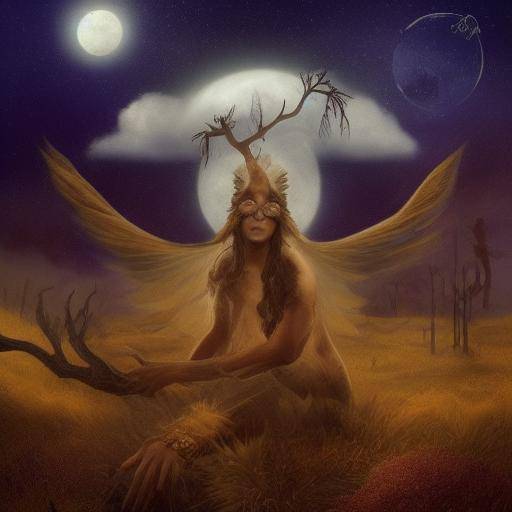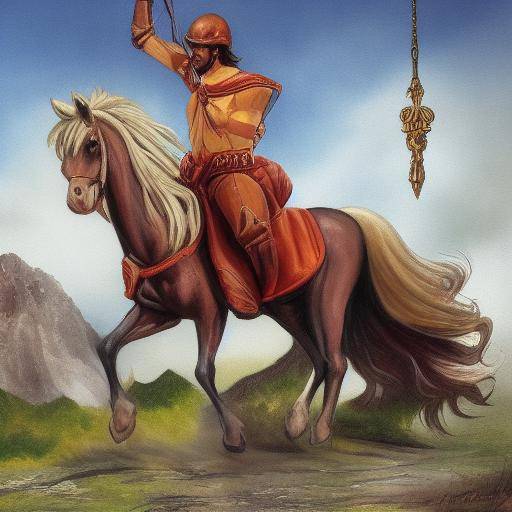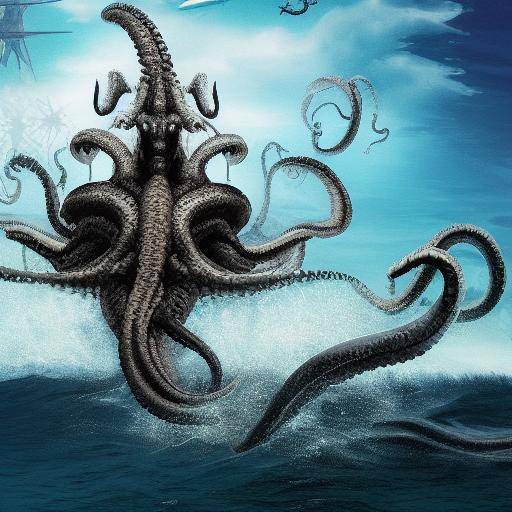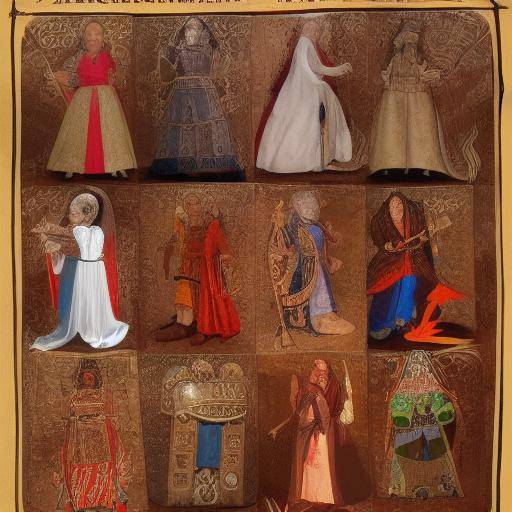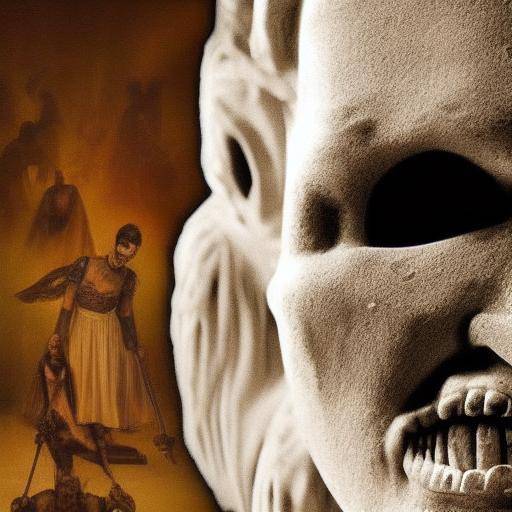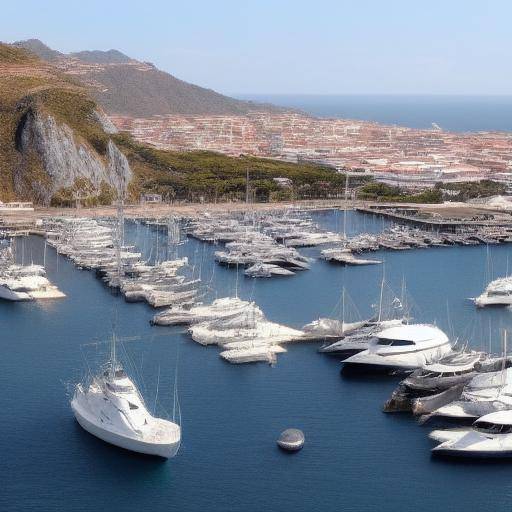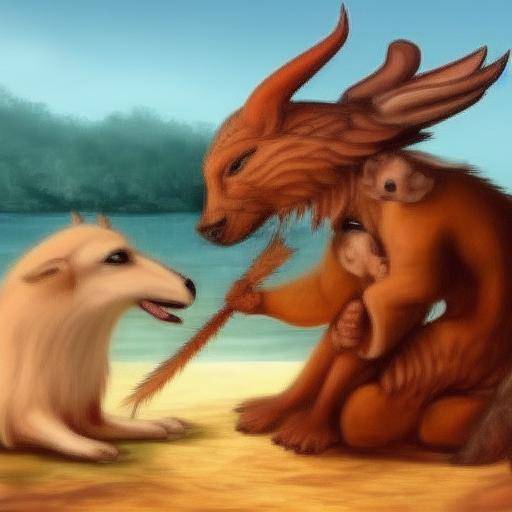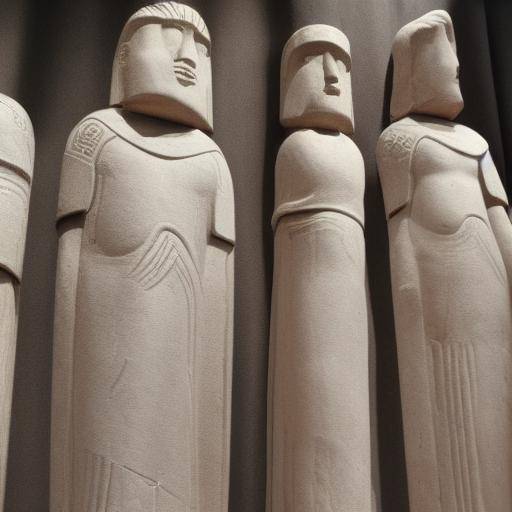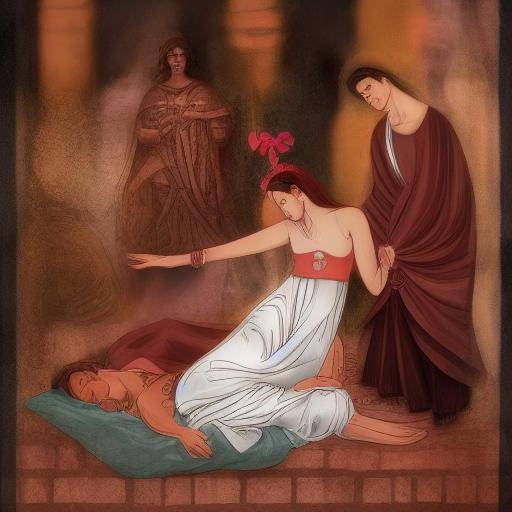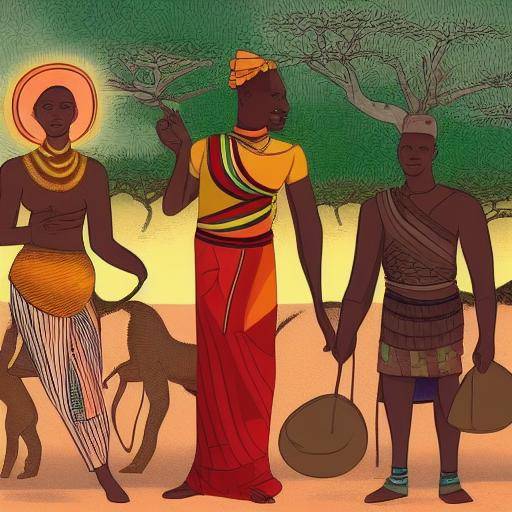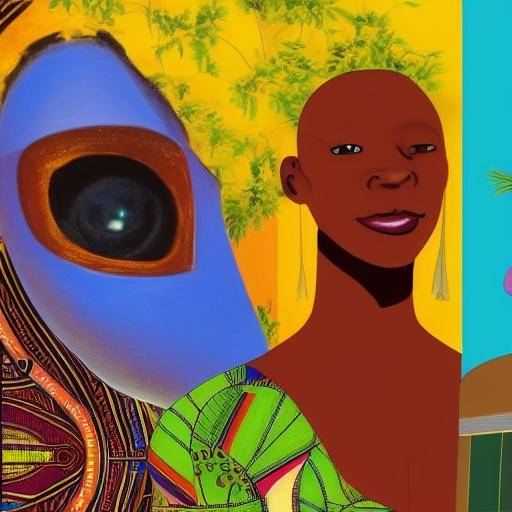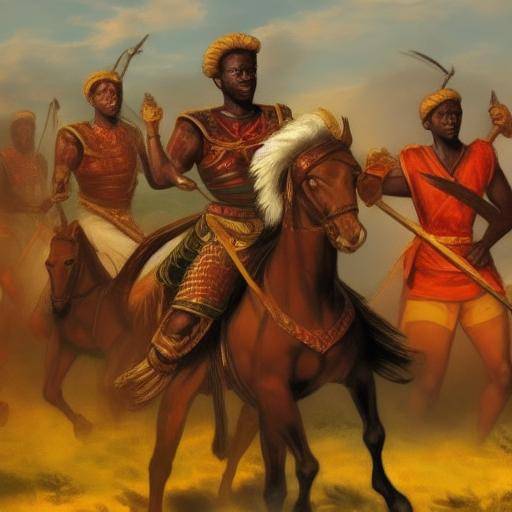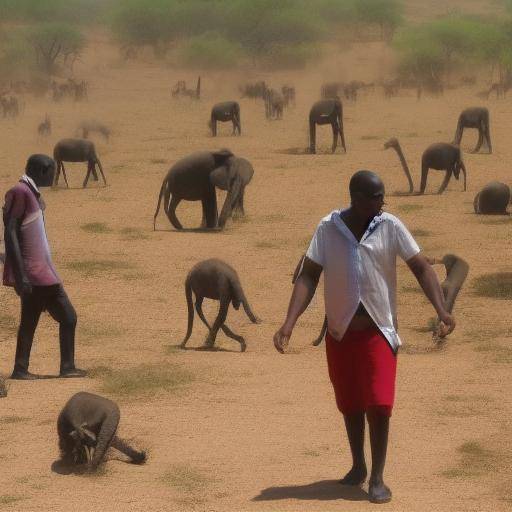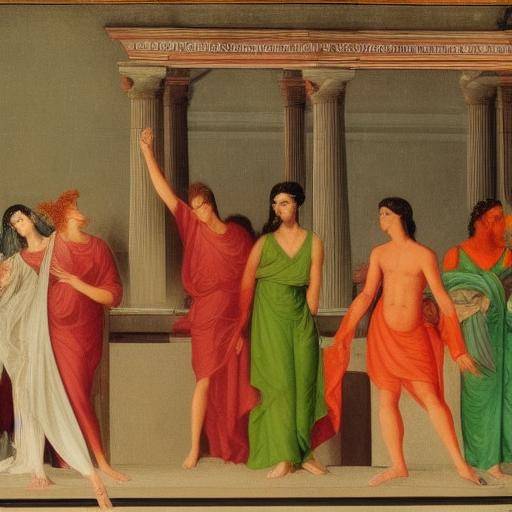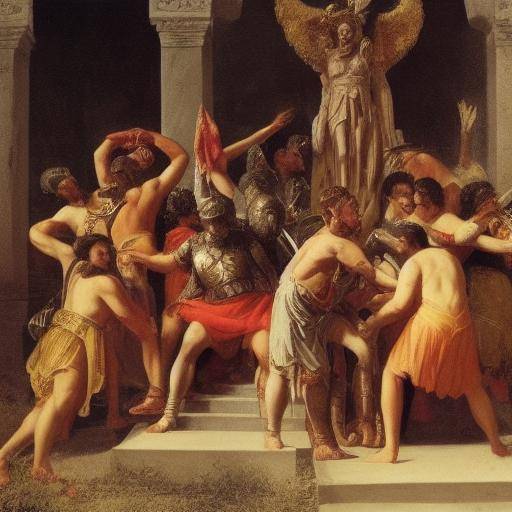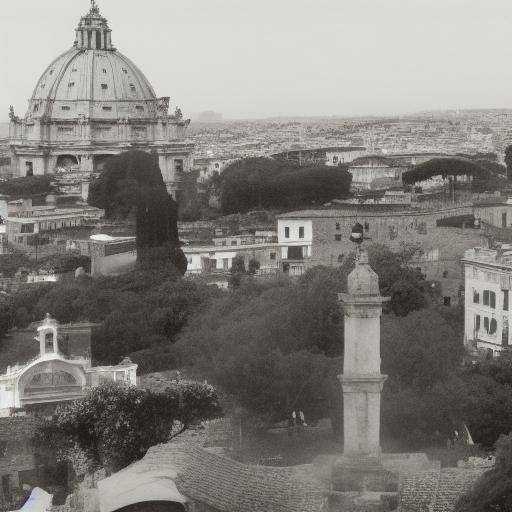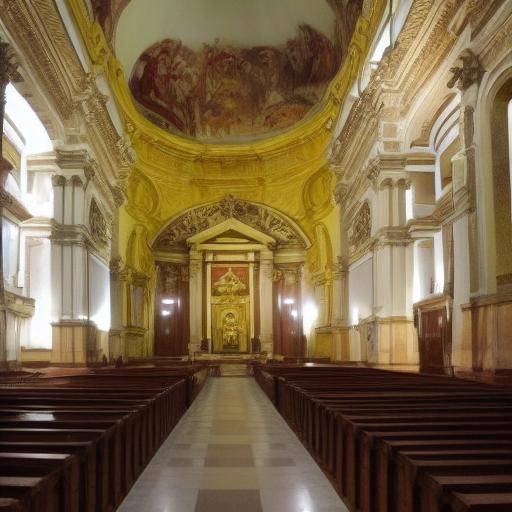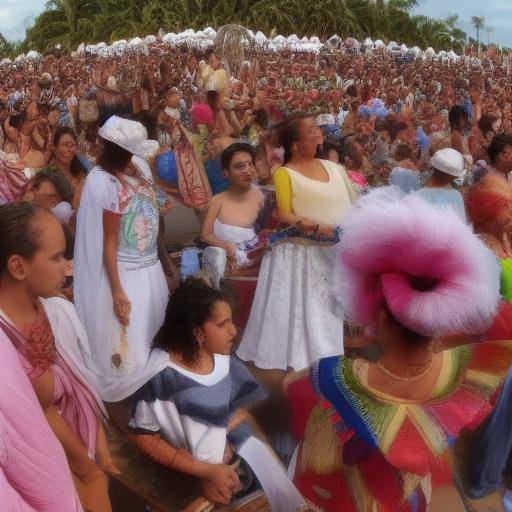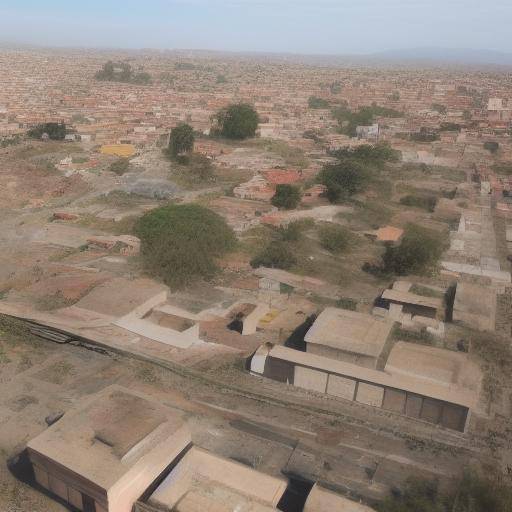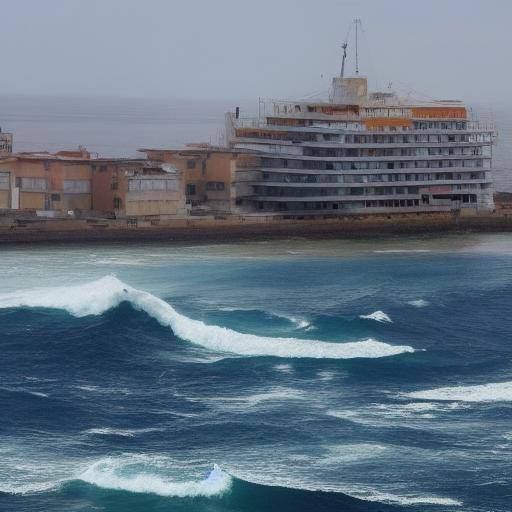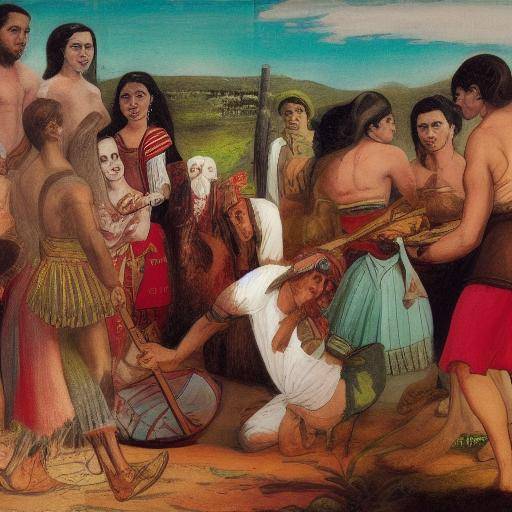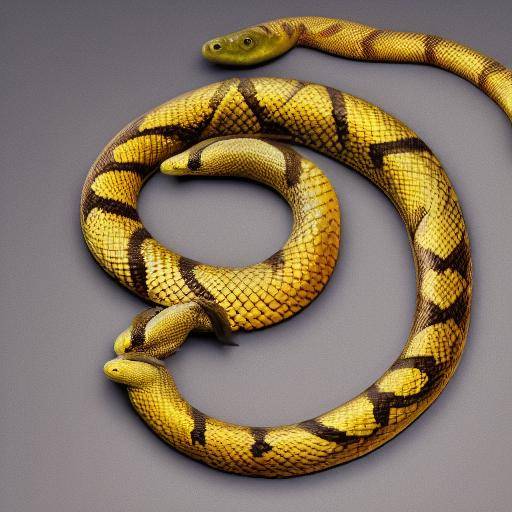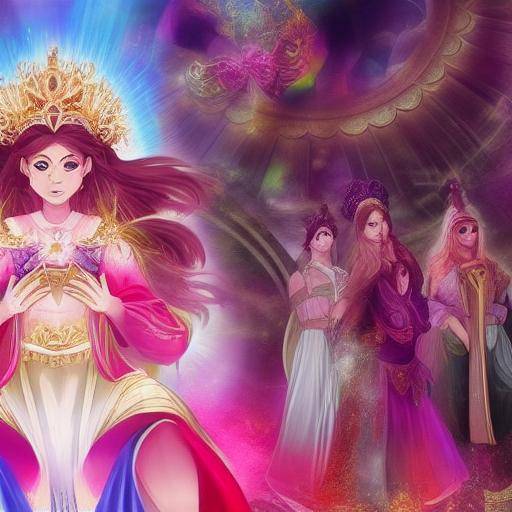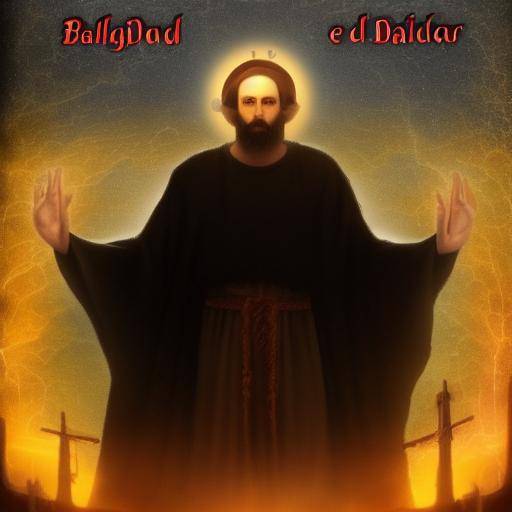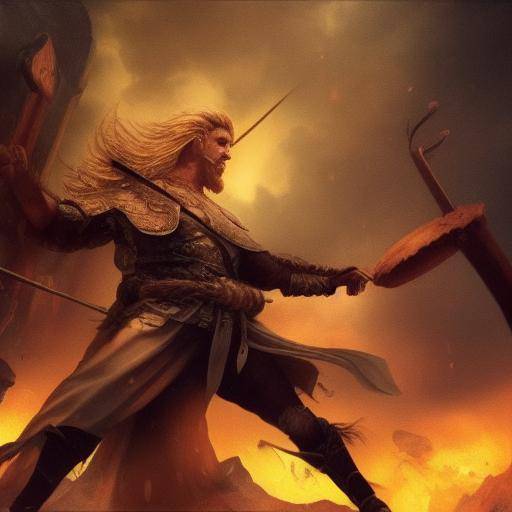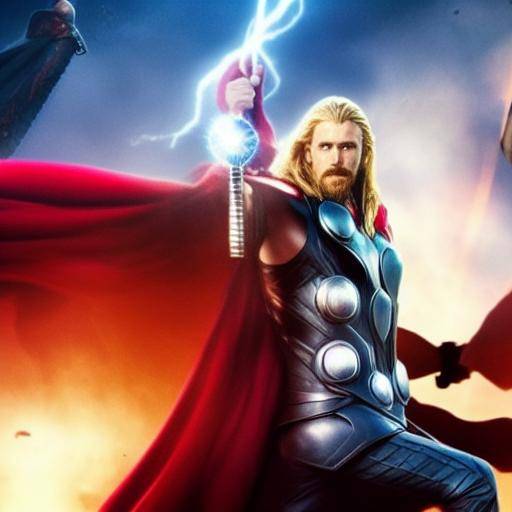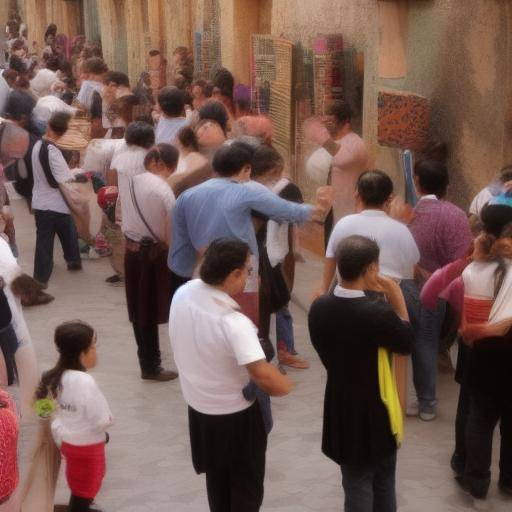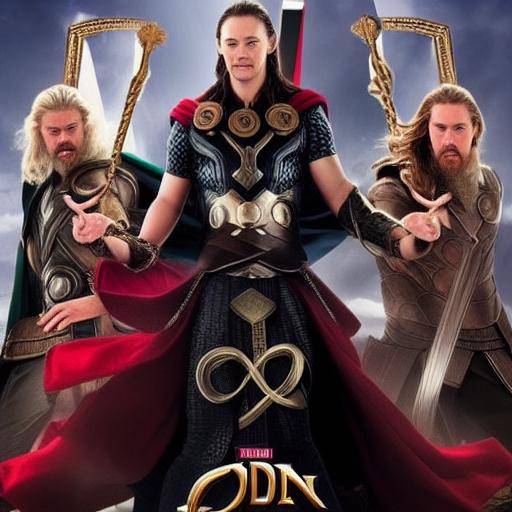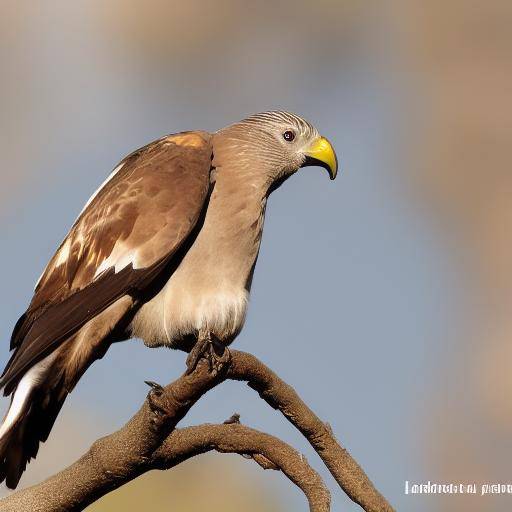
Celtic spirits have a rich tradition in mythology, with a particular emphasis on the links between life, death and the beyond. In this article, we will explore the fascinating Celtic beliefs about the spirits of death and its role in mythology. We will discover the stories, meanings and symbolisms that surround these mystical entities, as well as their influence on Celtic culture. From ancient Druids to modern legends, we will immerse ourselves in a world of mystery, magic and respect for the transit to the other life.
Introduction
Celtic mythology is a treasure of stories ranging from heroes and gods to mythological beings that personify natural forces. The spirits of death, in particular, occupy a prominent place in this rich tapestry of beliefs. Throughout this article, we will explore the many facets of these spirits, from their representation in mythology to their influence on the Celtic perception of life, death and beyond.
History and Background
Celtic mythology has its roots in an ancient period, rooted in the culture and traditions of the Celtic peoples who inhabited much of Europe. These beliefs were transmitted orally, in stories that honored the gods, celebrated nature and paid tribute to the cycles of life and death. As Celtic civilizations expanded and evolved over the centuries, these mythological narratives intertwined with their daily lives, permeating their conception of the world and existence.
The Duality of Death in Celtic Mythology
Within the Celtic mythology, death is not perceived as a final mere, but as a threshold to another kingdom, a crucial step in the eternal cycle of life. The spirits of death personify this transition, acting as guardians of the border between the earthly world and beyond. Some of these spirits are benevolent, leading souls to their final destiny with compassion and wisdom. Others, on the other hand, personify violent or premature death, reminding the living of the fragility of human existence.
The Link with Nature
Celtic mythology is intrinsically linked to nature, and the spirits of death are no exception. They are given the ability to influence natural cycles, especially with regard to fertility and renewal. In some legends, these spirits are associated with specific places, such as crossroads, forests or rivers, making them places of deep spiritual and mystical significance.
The Persistence of Celtic Beliefs
Despite the influence of other cultures and the passage of time, Celtic beliefs about death and the surrounding spirits have endured in many communities. Even today, we can find traces of these traditions in contemporary festivals, local legends and spiritual practices. This attests to the profound resonance that these mythological narratives continue to have in the collective consciousness.
Conclusion
Celtic mythology offers us a rich understanding of how this culture conceives death and the spirits around it. Through his accounts, we can glimpse a worldview that venerates the transition to another life and the continuity of existence beyond the tangible. The spirits of death in Celtic mythology not only embodies mystery and transcendence, but also invite us to reflect on the meaning of our own mortality and the timeless connection between the living and those who have already transcended.
Before continuing, here are some frequent questions that explore important aspects of this fascinating topic.
Frequently asked questions
What are some of the most known spirits of death in Celtic mythology?
Celtic legends present a variety of spirits of death, each with their own history and meaning. Some examples include Banshee, a feminine spirit that regrets the imminent death of someone, and the Dullahan, a decapitated rider who announces the death of a person. These mythological figures play specific roles in the Celtic imaginary on the transition between life and death.
What symbolizes death in Celtic mythology?
In Celtic mythology, death is perceived as an indispensable component of the cycle of life, death and rebirth. More than a final end, death represents a transition to another state of existence. The spirits of death personify this transition and act as mediators between the earthly world and beyond.
How do Celtic beliefs influence death in contemporary festivities?
Although the influence of ancient Celtic beliefs has diminished over time, traces of these traditions can still be perceived in contemporary festivities. For example, celebrations such as Halloween, of Celtic origin, still retain elements that reflect the worldview of death and spirits in popular culture.
What is the importance of the spirits of death in the culture and daily life of the ancient Celts?
The spirits of death played a crucial role in the daily life of the ancient Celts by serving as reminders of the fleetingness of life and the importance of honoring the ancestors. His presence was intertwined with religious practices, funeral and narrative rituals that sought to make sense of human existence and its transit to the beyond.
What contemporary lessons can we draw from Celtic beliefs about death and the spirits of death?
Celtic beliefs about death invite us to reflect on the transient nature of human existence and the importance of honoring those who have transcended. These teachings can inspire a deeper appreciation of the cycle of life and death, as well as foster a greater connection with nature and spirituality.
How did Celtic beliefs influence death in literature and art?
Celtic beliefs about death have inspired numerous literary and artistic works over the centuries. From poetry to painting, the rich Celtic mythological tradition has left a significant mark on creative expression, exploring themes of transcendence, duality and the mystery of death.
These frequent questions seek to provide a more complete understanding of Celtic mythology and its unique vision of the spirits of death. With the knowledge and stories they offer, we can appreciate more deeply the complexities and meanings that surround death in this ancestral tradition.


